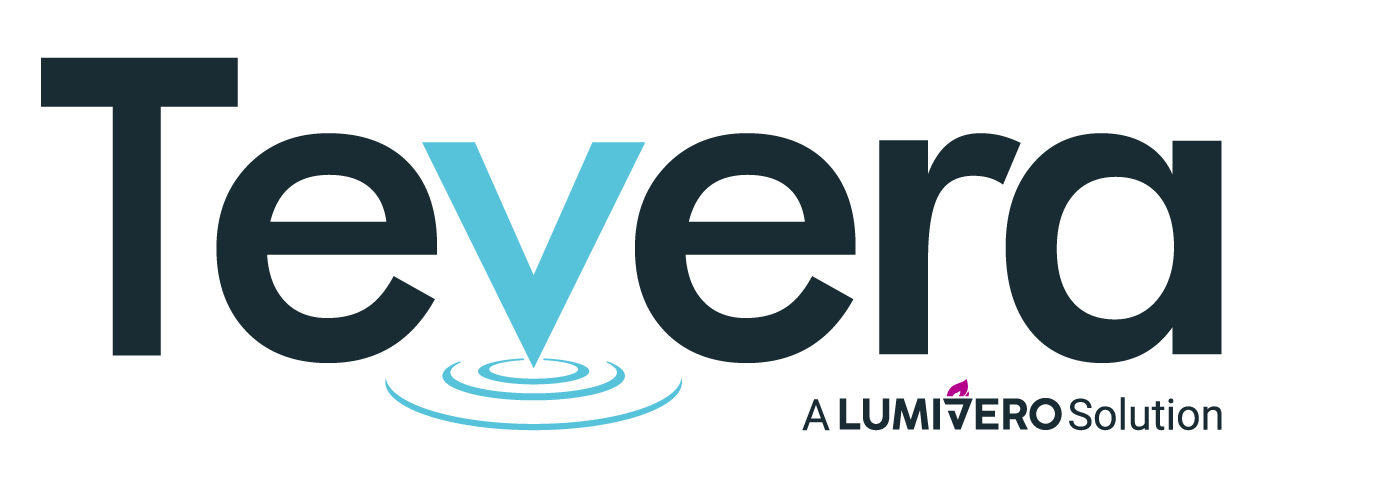Securing CACREP accreditation is a comprehensive process that won’t be done overnight, but by keeping the following steps in mind, you will be able to organize everything you need to meet CACREP’s requirements.
CACREP accreditation is no walk in the park! Their rigorous standards and review processes are designed to ensure that students are receiving the highest quality graduate-level education in counseling. CACREP accreditation is a stamp of approval that validates your program’s prowess to prospective students, state licensing boards, and governing bodies at your institution and beyond.
STEP 1
Establish Foundational Elements for Program Review
The program review consists of a review of the learning environment and your program’s learning outcomes. This step requires the most advanced planning and should be squared away before students begin the program.

To meet CACREP requirements for the learning environment, you will need to demonstrate that:
- The Institution provides support for the counseling department through:
- Accurate marketing of counselor education degree programs.
- Sufficient financial support.
- Professional development and research opportunities for faculty.
- Technical support for faculty and students.
- Counseling services for students.
- Cdequate access to counseling instruction environments.
- The counseling department is responsible for:
- Promoting an inclusive learning environment.
- Setting and communicating appropriate expectations for students.
- Following policies for retention, remediation, and dismissal.
- Ensuring that students are taught primarily by core program faculty.
- Core faculty:
- Have doctoral degrees in counselor education.
- Are ingrained in the counseling profession through memberships in professional organizations, maintenance of certifications and licenses, and professional development, advocacy, and research efforts.
- Have the authority to determine program curricula and establish operational policies and procedures for the program.
- A core faculty member is designated as the academic unit leader.
- Non-core faculty are oriented to the program by core faculty.
- Non-core faculty support the mission, goals, and curriculum of the counselor education program.
- All faculty have the relevant preparation and experience in relation to the courses they teach.
- A program faculty member or administrator is identified as the practicum and internship coordinator.
CACREP recommends that programs create a table detailing all faculty members, their status as core or non-core faculty members, their experience, qualifications, professional memberships, and credits taught.

While CACREP provides thorough guidelines for the learning environment, they leave more room for creativity in the development of your program’s outcomes and assessment plan. This is really where your program’s unique offerings can shine! Just be sure to keep the following requirements in mind:
- Create a publicly available mission statement and program objectives.
- Program objectives should address student learning and reflect current knowledge and projected needs concerning counseling practice in a multicultural and pluralistic society. They should be informed by input from all program stakeholders and be written so they can be evaluated.
- Provide syllabi for review by all enrolled or prospective students.
See CACREP 2016 Standards Section 2 for more detail.
- Establish key performance indicators of student learning in each of the eight core areas and in each of the specialty areas supported by your program.
- Document an empirically based plan for evaluating the program objectives systematically.
The plan outlines the data that will be collected, a procedure for how and when the data will be collected, a method for how the data will be reviewed or analyzed, and an explanation of how the data will be used for curriculum and program improvement.
See CACREP 2016 Standards Section 4 for more detail.
STEP 2
Centralize Data Collection
Writing your self-study and preparing for your CACREP site visit can feel overwhelming, but by collecting all the data you need in one centralized system from the outset, these tasks will become much less daunting later on down the road!
In addition to the program review elements described in step 1, CACREP wants to see:
- How and where student performance and competence development are evaluated across your program.
- A system to manage all elements of the students’ professional practice experience.
- Review and analysis of student performance outcomes to inform further program improvement.
Each of these requirements will be explored further in the final 3 steps of this process.
Fortunately, Tevera was designed with exactly this task in mind!
STEP 3
Execute Your Assessment Plan
Evaluation of Students
Create a system of assessment for each of your core and specialty courses in which each student can be evaluated by program faculty in alignment with program outcomes and key performance indicators.
As mentioned above, by consolidating all of these assessments into one, electronic system, you will be able to leverage insights into individual and aggregate student performance outcomes at the click of a button!
Evaluation of Faculty and Supervisors
Per CACREP Standard 4, Counselor education programs must have processes in place in which students can provide evaluative feedback to their faculty and site supervisors on a regular basis.
Tevera provides a valuable user experience for program administrators, faculty, site supervisors, and students alike, so you can collect data from anyone! Provide faculty and site supervisor evaluations in Tevera so that you can collect this data alongside your student outcomes for deeper insight into the student experience.
STEP 4
Facilitate Professional Practice
The student field experience is a cornerstone of their professional educational journey, but it doesn’t come without its own challenges. Supporting students while in the field requires significant coordination!

In order to meet CACREP requirements for professional practice, you will need to:
- Collect necessary documentation:
- Individual Professional Counseling Liability Insurance
- Supervision Agreement between faculty supervisors, site supervisors, and students
- In the supervision agreement, specify that:
- Supervision includes audio-video and/or live supervision of students’ interactions with clients.
- Students have the opportunity to become familiar with a variety of professional activities and resources.
- Students must lead or co-lead a counseling or psychoeducational group.
- Students receive 1 hour per week of individual or triadic supervision with a site supervisor, program faculty member, or a student supervisor who is under the supervision of a counselor education program faculty member.
- Verify supervisor qualifications.
- Provide orientation, consultation, and professional development opportunities to site supervisors.
- Provide a framework for formative and summative evaluations of the student’s counseling performance by their site supervisor.
- Track student progress toward 100 hours of supervised counseling practicum experience, of which 40 hours are in direct service with actual clients.
- Track student progress toward 600 hours of supervised counseling internship experience, of which 240 hours are in direct service with actual clients, in a setting relevant to their specialty area.
The above can easily be facilitated, tracked, and verified using Tevera’s field experience solution!
Learn more here.
STEP 5
Review Program Outcomes
Once the data is collected via your assessment process in a system that aggregates the data for you, you can easily analyze individual or aggregate outcomes by class, cohort, program level, or across your entire program.
Use this data to demonstrate student outcomes to CACREP site visitors, share outcomes with key program stakeholders, and inform program improvements to adjust your assessment plan as needed for future semesters.
Tevera’s robust reporting capabilities will provide all of the data you need for CACREP accreditation and more!
See how we do it here.










